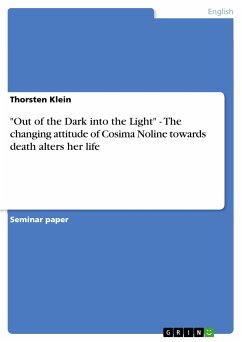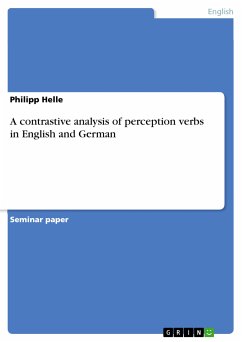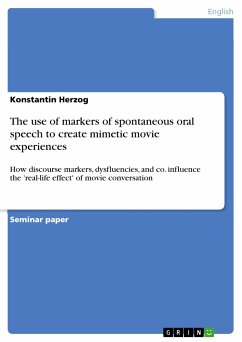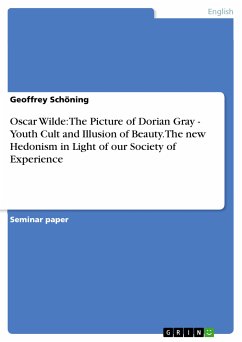Seminar paper from the year 2001 in the subject English Language and Literature Studies - Linguistics, grade: 2,0 (B), University of Marburg (Anglistics), language: English, abstract: Introduction I.1. General introduction The phenomenon “light” is without any doubt the most driving force of live itself : it provides energy to the photosynthsesis and influences the biological rhythm of any living creature on earth. The nature and potential of light is one of the major topics of all “hard” sciences, such as biology, physics, chemistry and astronomy, and still, there has not been found any consensus about its actual consistency to be agreed upon yet. But how does the concept LIGHT show up in human language? How do human beings describe the perception of brightness and by which criteria do we distinguish? Do we use the concept metaphorically, and if, to which extent? However, we will have to keep in mind, that the actual reference, this is perceiving light, is -in an anthropological way - much older than its linguistic expression. Within this termpaper I will try to `throw light on´ this subject and to answer the following questions. [...]
Bitte wählen Sie Ihr Anliegen aus.
Rechnungen
Retourenschein anfordern
Bestellstatus
Storno









